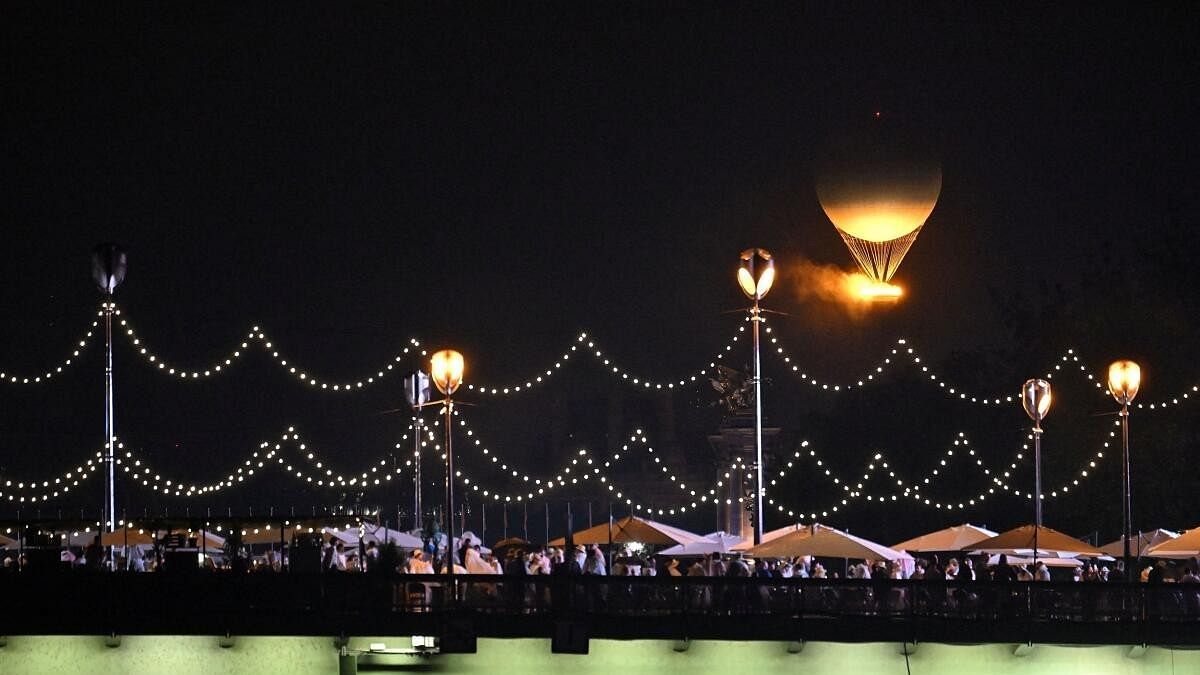
A balloon carrying the lit Olympic cauldron lifts off during the opening ceremony of the Paris 2024 Olympic Games in Paris, France.
Credit: Reuters Photo
The Olympic flame is the flame which is kindled in Olympia, Greece, a few months before the opening of the Olympic Games. The location is a reminder of the link between the ancient Olympic Games and their modern counterpart. After being lit in Olympia, it is carried for a number of weeks to the host city, mainly on foot by runners, but other forms of transport are also used sometimes.
According to the Olympics website, throughout the Torch relay, the flame announces the Olympic Games and spreads a "message of peace and friendship between peoples." After the opening ceremony, the final runner (or sometimes runners) enters the stadium and lights the cauldron with the Olympic flame. The games are then officially declared open.
The Paris Olympic cauldron is distinct from previous ones as it was designed as a hot air balloon. On July 26, after the opening ceremony concluded, the final torchbearers, judoka Teddy Riner and track-and-field sprinter Marie-Jose Perec, lit the base of the balloon, sending it off into the Parisian night sky.
Moreover, in a bid to make the games more sustainable, the hot air balloon uses an electric flame. The Indian Express reported that the ring at the base of the balloon is seven metres in diameter, and has 40 LED lights installed in it. They illuminate a cloud of water vapour produced by 200 high-pressure misting nozzles, making it look like real flame. The electricity and water supply are supplied from the ground to the balloon structure, the report adds.
This is the first Olympics cauldron that does not use fossil fuel making a shift towards sustainability. The design by Mathieu Lehanneur was a tribute to the first manned flight in a hydrogen-filled gas balloon by the Montgolfier brothers in 1783.
The report reveals that every evening the balloon will hover over the garden, 60 metres off the ground from sunset until 2 am. Moreover, during daytime, 10,000 free tickets will be issued to view the hot air balloon carrying the cauldron. The Balloon is placed in the centuries-old French garden called Jardin des Tuileries.